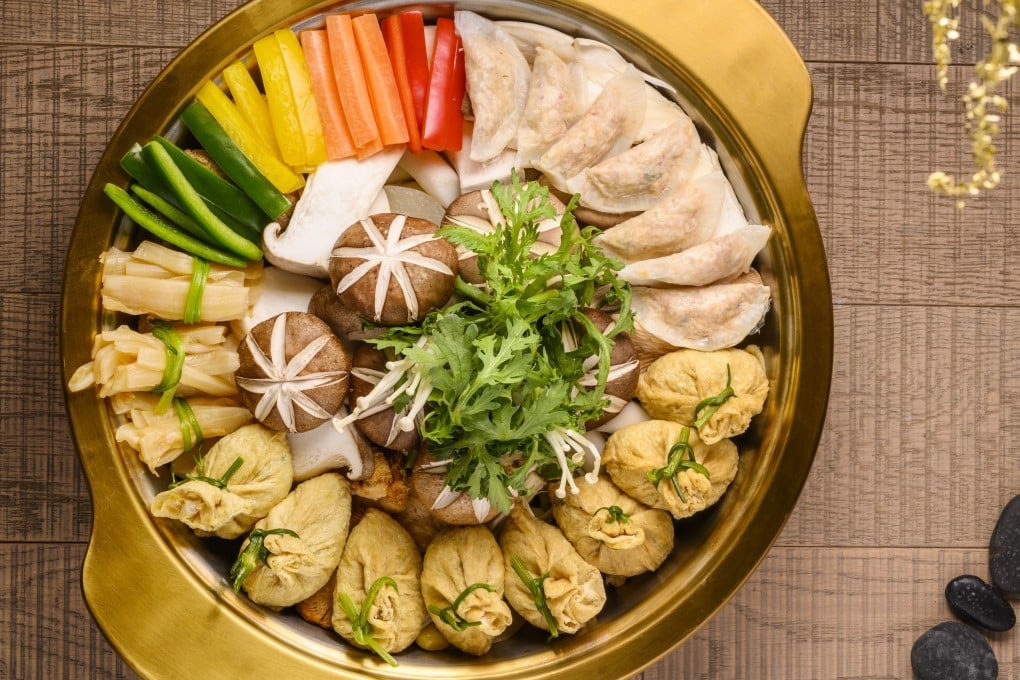‘Big bowl feast’, communal meal for festive occasions in southern China: how poon choi became a gourmet feast, now available as takeaway
- Traditionally eaten in villages on festive occasions, poon choi has evolved into a gourmet dish using ingredients like abalone and roast duck
- With gathering restrictions still in effect in Hong Kong, restaurants are offering the dish as takeaway for families to enjoy at home

Poon choi – a communal dish of foods served in layers whose name means “big bowl feast” – was traditionally eaten on festive occasions in villages in the Pearl River Delta, including Hong Kong’s New Territories.
In recent decades, restaurants started serving the dish – and at some, it became a luxurious affair. Now, with social distancing rules threatening to put a dampener on Lunar New Year celebrations, poon choi has evolved again – into a takeaway dish for home feasting.
With the Lunar New Year starting on February 12, the current dining restrictions make it difficult for families and relatives to gather in restaurants to celebrate the upcoming Year of the Ox, which is why restaurants are now offering poon choi as takeaway options to enjoy at home with loved ones.
Many of the poon choi dishes on offer in Hong Kong feature gourmet ingredients such as abalone, fish maw and conpoy, but original poon choi was hardly high-end, explains Sidney Cheung, a professor of anthropology at the Chinese University of Hong Kong who specialises in food and culture.

“Villagers in the New Territories make traditional poon choi with fish balls, pork, pig skin, maybe chicken or dried oyster – in general, ordinary ingredients you can eat all year round. Traditional poon choi uses ingredients that are not seasonal,” he says.
“Poon choi was typically eaten for red or white events. Red events were happy ones like weddings, birthdays, or welcoming someone back from overseas, while white ones were for funerals or grave sweeping.”
